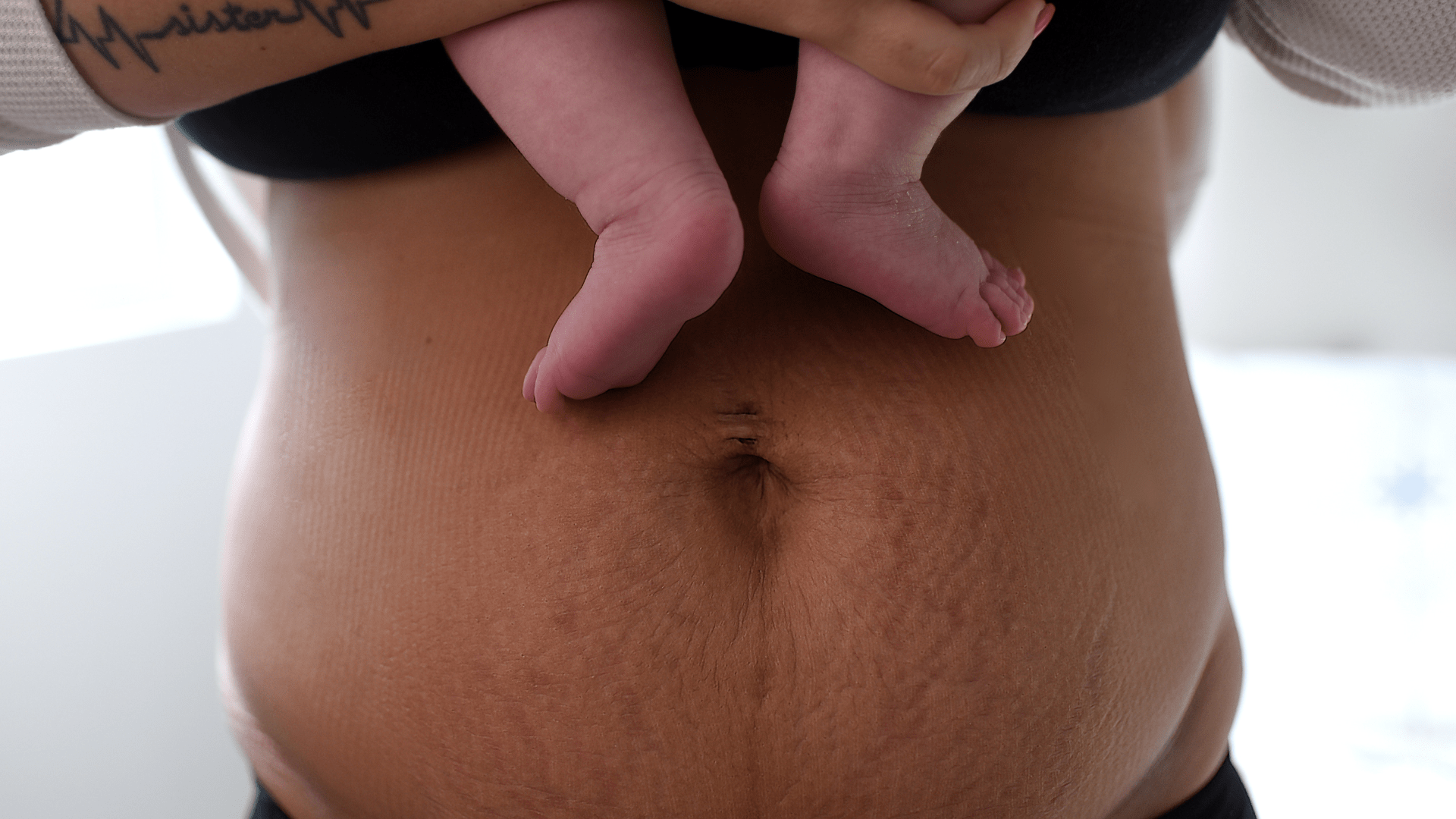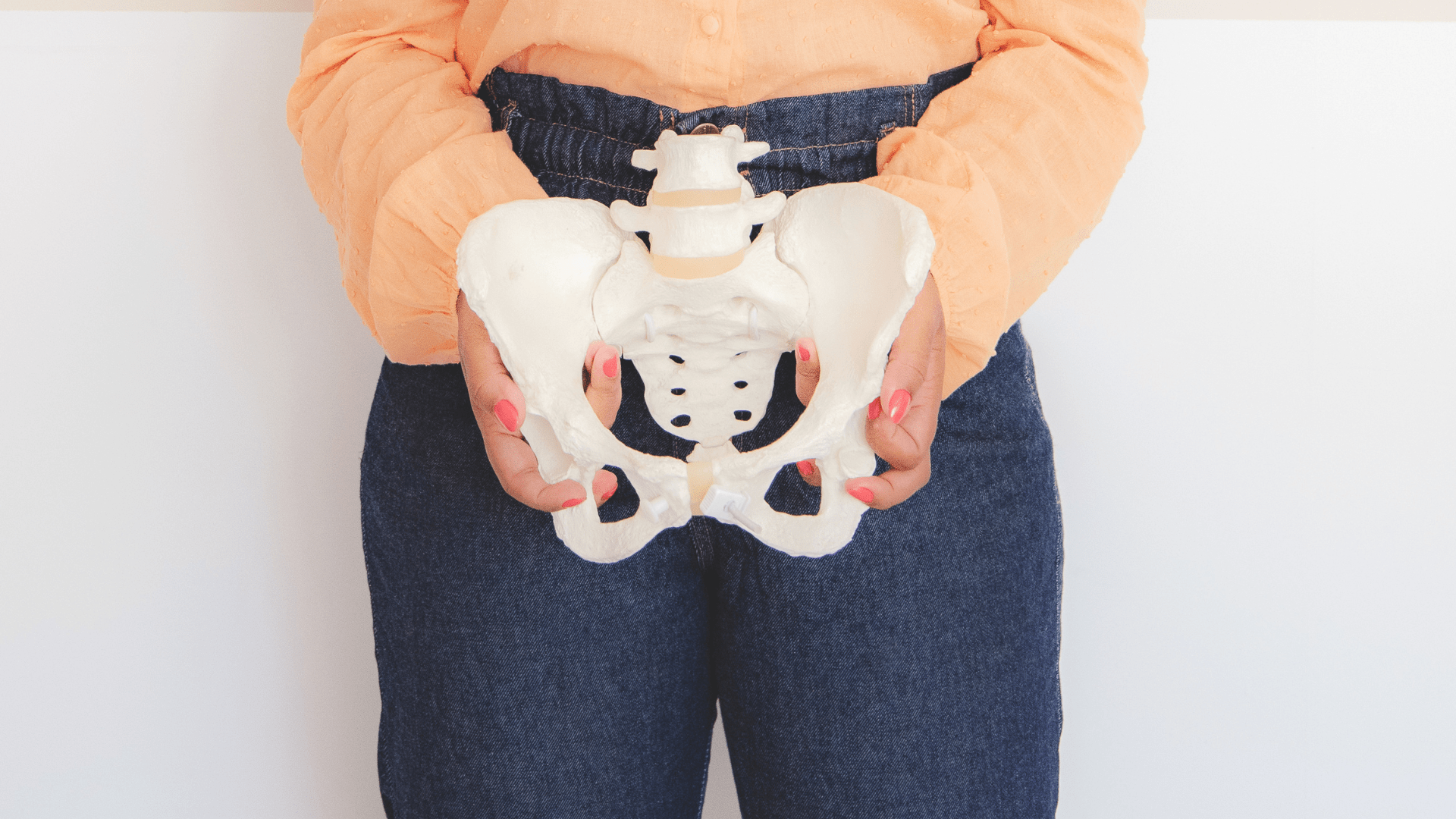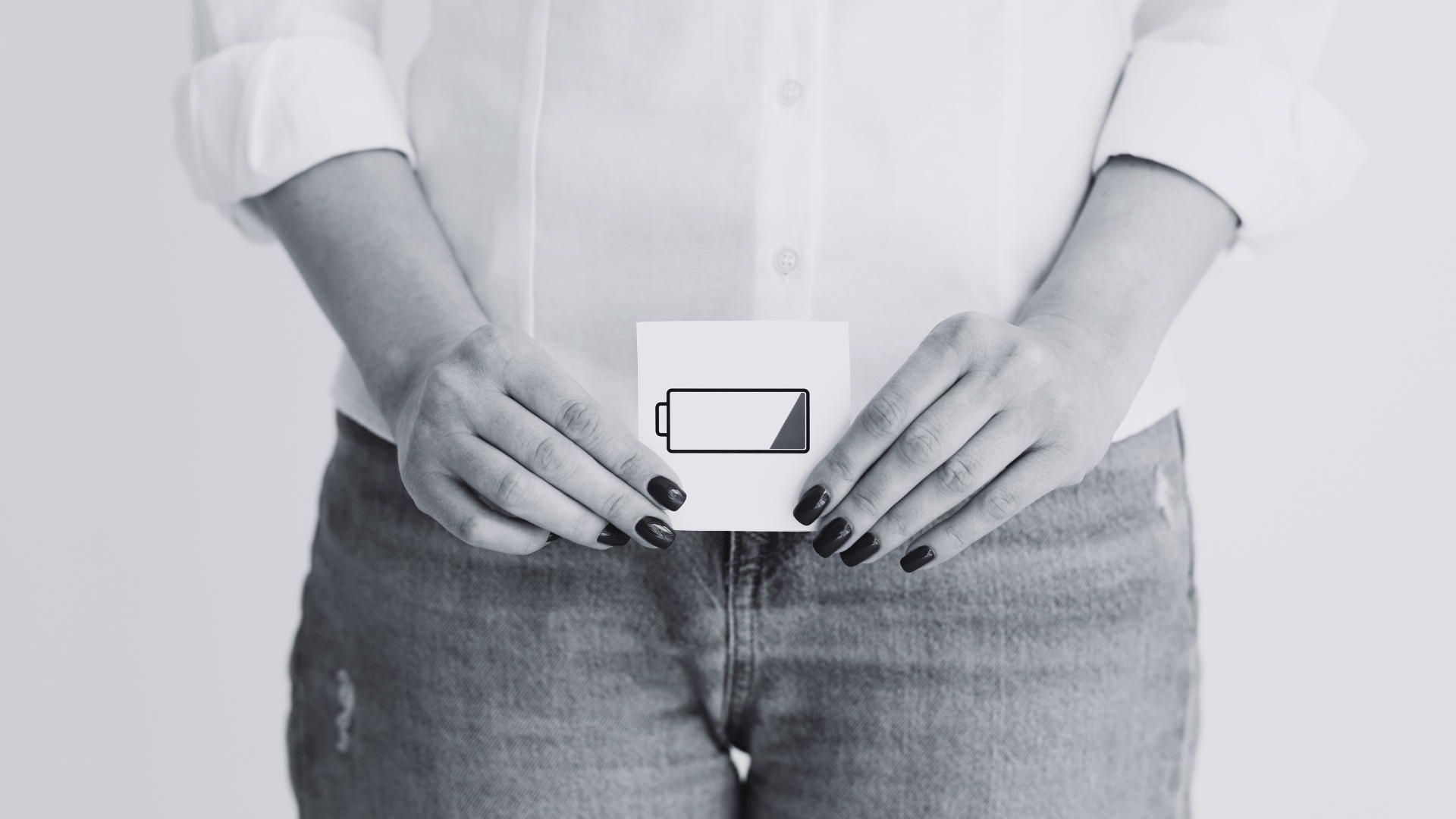Pregnancy gets a lot of spotlight and deservedly so! We talk about the trimester milestones, cute bump updates, fun maternity shoots, and decorating the baby crib. But what happens to your body after the baby arrives? No one really prepares you that, aside from the cuddles and the midnight feeds, there is a possibility that your hair might shed like a cat or that you might pee a little when you laugh too hard.
Forget the internet and its crazy snapback culture telling you that you should drink some crazy herbal teas while wearing waist trainers 2 sizes too small to get flat abs in 1 month! That’s fake marketing, not medicine. What you need is the truth about postpartum body changes. This is not to scare you, but to properly prepare you for the real changes that might occur after you give birth, with some medically backed tips, and to let you know when to seek help.
Your Belly Won’t Snap Back Overnight
During pregnancy, your uterus stretches to about the size of a watermelon or about 500 times its usual size, so do not expect it to magically shrink to its original size in one week. Within a few hours after birth, the upper part of your uterus is at the level of your navel. It then gradually begins to descend and return to its pre-pregnancy size within about 6 to 8 weeks through a process called involution. You might feel some cramp-like pains, especially if you’re breastfeeding, because your uterus is contracting during this process. It can be uncomfortable, but it doesn’t last long.
There could also be stretched abdominal muscles or sometimes, a condition known as diastasis recti, which is fancy medical speak for when the muscles in your abdomen separate down the middle. It’s common, and it just means that your belly might look rounder for a while.
Fertitude Tip: Core exercises (after being cleared by your doctor) can help, but remember to be patient with yourself. Your body took about 9 months to grow a baby; give it time to recover.
The Post-Delivery Bleeding
After delivery, you’ll have some vaginal bleeding, which is called lochia. In the first 3-4 days after delivery, it is dark red in colour, and you might pass some small clots. Afterward, the bleeding becomes lighter in volume and colour as time progresses and turns into a blood-tinged vaginal discharge for about 2 weeks. It changes to pinkish to brownish in colour within 10 days after delivery, which later becomes creamy or yellowish in colour from about the 7th day to 2 weeks after delivery.
Fertitude Tip: Use pads but avoid tampons and menstrual cups for at least 6 weeks. Try to rest when you can and make sure you stay hydrated. If you pass big clots or your bleeding suddenly gets heavier after slowing down, speak with your doctor as it could signal a postpartum haemorrhage or an infection.
Your Breasts Will Feel Fuller
Your breasts also go through their own transformation. In the first few days after birth, your body starts producing colostrum, which is the first milk. It is usually thick and yellow. Then, your milk “comes in” and your breast might feel sore, swollen, or hard, due to engorgement.
If you’re breastfeeding, expect occasional surprise leaks, even at the most random places like the market or at the sound of a random baby crying. If you’re not breastfeeding, your breasts will still produce milk for a while before slowly drying up.
Fertitude Tip: Wear supportive nursing bras and ditch those tight bras. You can apply cold compresses to provide some relief from engorgement. If you notice redness, pain, or fever, it might be mastitis, an infection that needs medical attention.
Pelvic Floor and Vagina Drama
After childbirth, especially vaginal delivery, your pelvic floor muscles (the ones that control your bladder, bowel, and sexual function) may feel weak. This is not surprising; you just pushed a whole human out! Vaginal birth stretches those muscles, which can make you leak urine when you sneeze, laugh, or cough (urinary incontinence). Sex might feel different, and you might experience some vaginal dryness.
You may also feel heaviness, pressure, or bulging, which can be a sign of pelvic organ prolapse (when the bladder or uterus droops slightly).
Fertitude Tip: Try Kegel exercises to help rebuild pelvic floor strength. Use lubricants during sex (after being cleared by your doctor) if vaginal dryness is a problem. If you feel bulging or pain, you can speak to a doctor or a pelvic floor physiotherapist.
Hair and Skin Surprises
That pregnancy glow that most women experience? It’s thanks to high levels of oestrogen. After birth, those hormone levels crash, and you might start to experience a lot of hair and skin surprises. You might experience postpartum hair loss with some shedding that usually peaks around 3 to 4 months after delivery. It’s terrifying but temporary.
You may also have some stretch marks, acne flare-ups, hyperpigmentation on your face, and darker armpits or neck.
Fertitude Tip: Eat iron-rich foods, protein, and omega-3s (leafy green veggies or fatty fish like sardines) for healthy regrowth. Use gentle, volumizing shampoos and skip harsh treatments or tight hairstyles. However, if the shedding feels extreme or lasts beyond a year, speak to a doctor to check your thyroid or iron levels.
Period and Fertility Reset
Your period might return within 6 to 12 weeks, or might even ghost you for months, especially if you’re exclusively breastfeeding. This is due to a hormone known as prolactin, which is high when breastfeeding and has the added effect of suppressing ovulation.
What you might not know is that you can ovulate before your first period. Translation? Yes, you can get pregnant even if your period hasn’t returned!
Fertitude Tip: If another baby isn’t on the agenda, consider contraception, even while breastfeeding. Options like the mini-pill, condoms, or IUDs are safe postpartum. Speak to your doctor to know which one is right for you.
The Emotional Rollercoaster
Between waking up at night to feed the baby, the sore boobs, hair loss, and chronic exhaustion, it’s normal to feel emotional. Your hormones actually drop right after delivery, especially oestrogen and progesterone, which can lead to baby blues (mood swings, tearfulness, anxiety). These usually settle in 1 to 2 weeks.
But if sadness, hopelessness, or fatigue persist beyond that, it could be postpartum depression. It’s more common than people think, and affects about 1 in 8 women.
Fertitude Tip: Prioritise sleep when you can (yes, nap when the baby naps). Ask for help from your partner, family, or a support group. If the sadness feels too heavy or you have scary thoughts, please talk to a doctor. Therapy and medication help, and you deserve support.
Final Thoughts
Postpartum recovery is not a one-size-fits-all. Your body is going to look and feel different; you just grew a whole human (or maybe multiple)! That is no small task. Embrace your body and all the beautiful changes it undergoes during this period.





